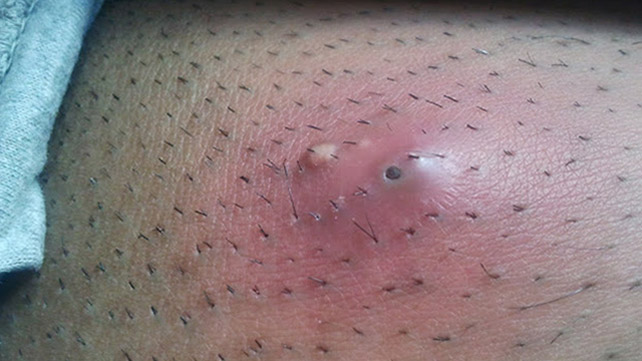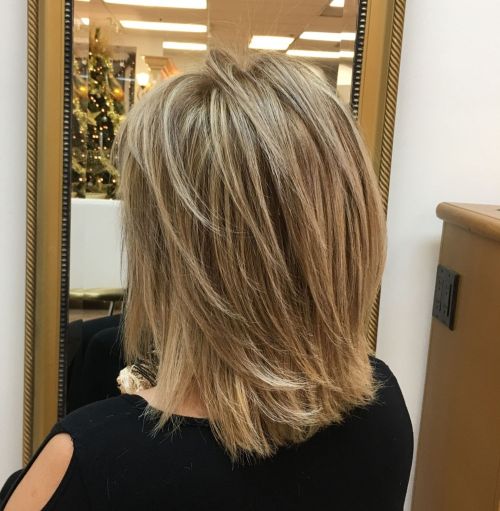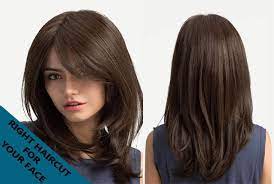
Ingrown hair Armpit Lump Treatment
Ingrown hairs in the armpit can resemble pimples or lymph nodes. They are red, itchy, and may contain pus. Although ingrown hairs are not contagious and usually not indicative of infection, they can turn into boils, which may require both at-home and medical treatments. To effectively reduce ingrown hairs, exfoliation, soothing the area, and waiting for the bumps to clear up are essential prevention strategies.
Understanding the Symptoms
Ingrown hairs are pimple-like bumps caused by hair that curls back into the skin. They can appear anywhere you remove body hair, including the armpits. People with curly or coarse hair are more prone to ingrown hairs, but anyone can be susceptible. Ingrown hairs can quickly become infected, resulting in painful pus-filled lumps. To avoid infections, regularly cleanse the area with antiseptic soap or gel and apply warm compresses to help drain the ingrown hair cysts. Ingrown hair cysts may leave behind dark marks known as hyperpigmentation, but these marks usually fade over time. Seek immediate medical attention if red, inflamed, and pus-filled lumps persist under your arms for more than 24 hours, which could indicate boils or more severe infections.
Understanding the Causes
An armpit lump can range from a hair cyst to an infection around a blocked hair follicle or swollen lymph nodes. Ingrown hairs that curl back into the skin can occur after shaving, tweezing, or waxing. While ingrown hairs usually resolve independently within a few days, long-term ingrown cysts may require at-home or medical treatments. Curly or coarse hairs are more prone to becoming ingrown, but any regularly shaved area can experience them. Ingrown hairs occur when follicles become clogged with dead skin, causing the hair tip to curl back into the skin.
Treatment Options
There are various treatments for an ingrown armpit hair lump. First, stop shaving or waxing until the bump goes away to avoid further irritation and potential infection. If the spot is deeply embedded, a doctor may need to remove it using a local anesthetic. Gently exfoliating the area with a washcloth or toothbrush in a circular motion can help break down dead skin cells and remove ingrown hairs. Benzoyl peroxide, commonly used for acne treatment, has reduced papules, pustules, and associated hyperpigmentation. Retinol creams can also aid in faster recovery and reduce ingrown hairs.
Prevention Tips
Ingrown hairs are a common problem for those who shave, tweeze, or wax their hair. They typically appear on the face, legs, and armpits and can be itchy and painful. Regularly exfoliate your armpits to remove dead skin cells that clog pores and make it harder for hairs to break through. Shave in the direction of hair growth using a sharp razor blade, as single-blade razors have been shown to reduce the risk of ingrown hairs. If you notice pus-filled bumps or enlarged lymph nodes, consult your physician, as they may indicate ingrown armpit hairs or other potential issues. Ingrown armpit hairs themselves are usually not a severe threat to health.

